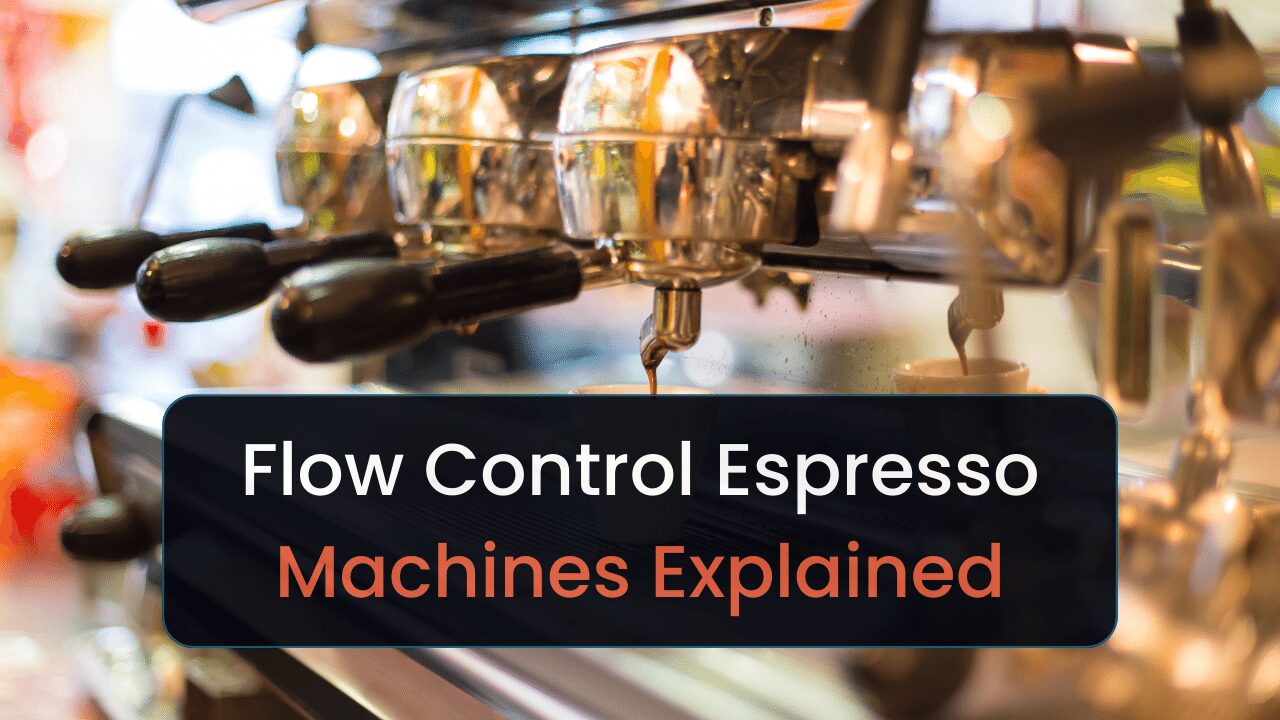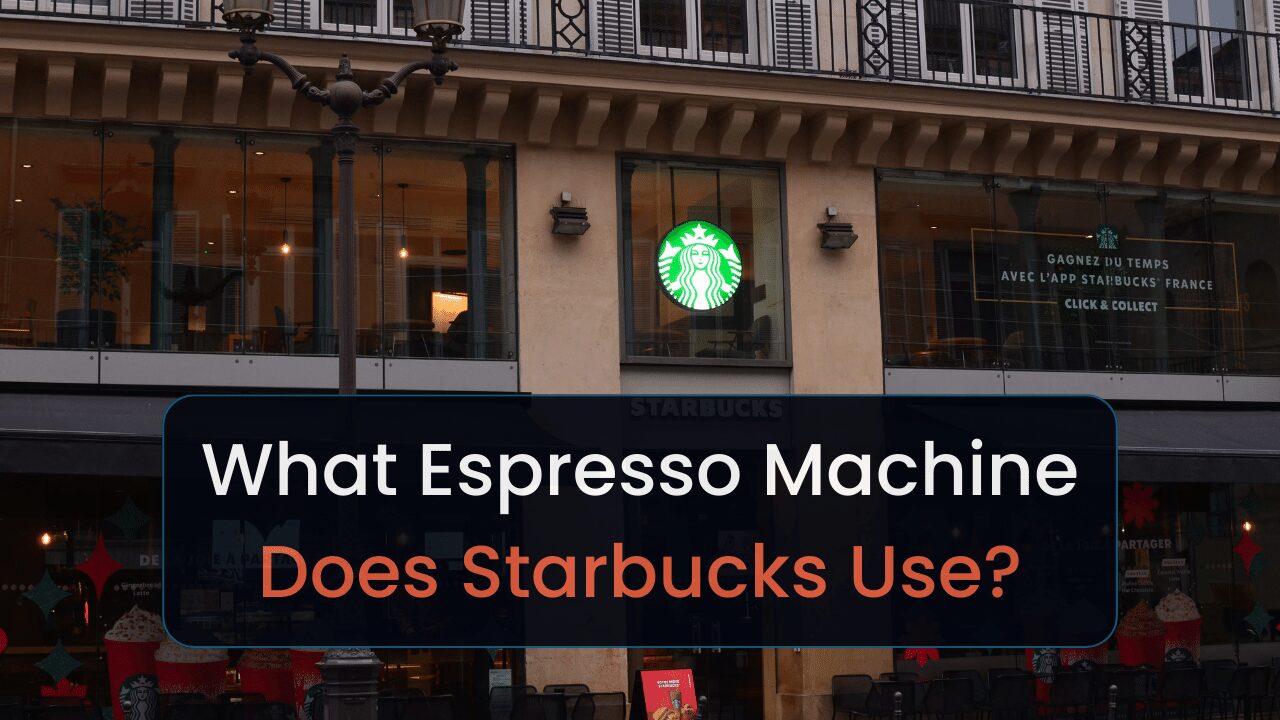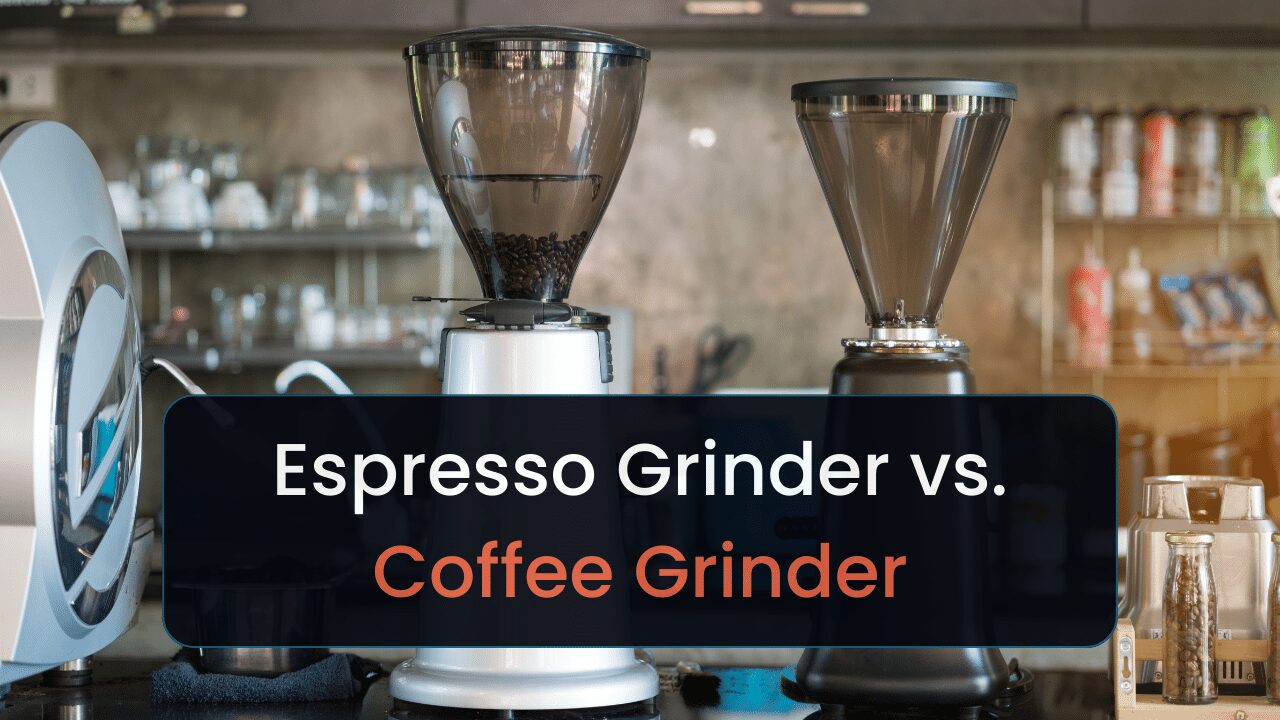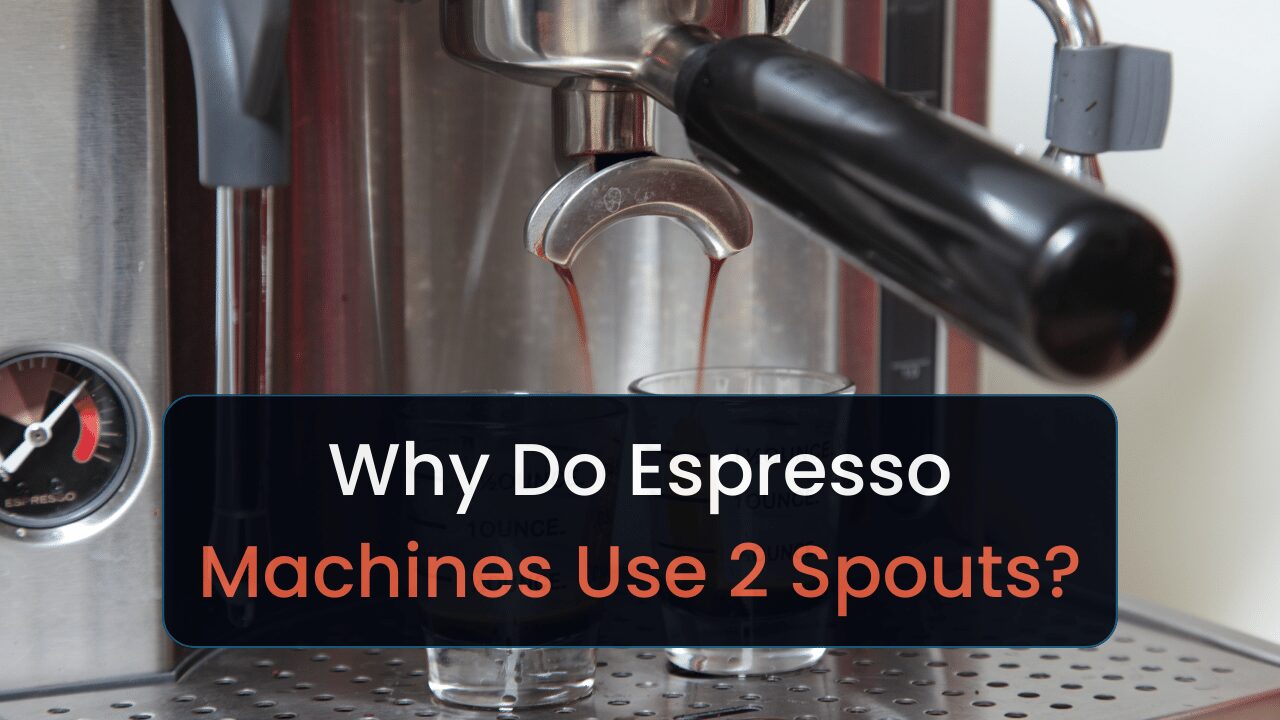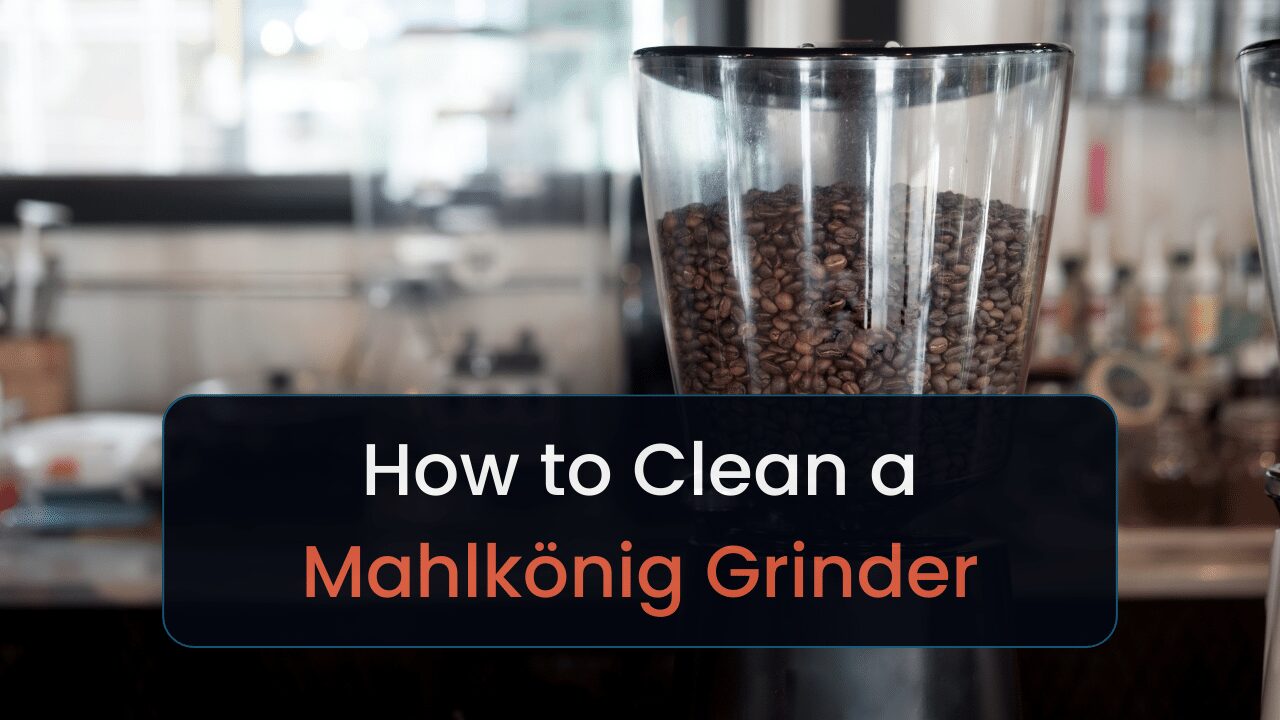I’ve tinkered with various coffee makers. I want to share some of their differences and how coffee makers work.
Meaning, I’ll cover these points:
- What a coffee maker is
- How it works
- Different coffee maker uses
- How Do You Buy the Best Coffee Maker?
- Popular coffee machine brands
- What a coffee grinder is
Let’s brew some coffee.
What Is a Coffee Maker & How Does It Work?
A coffee maker (or coffee machine) brews coffee. While vague, various makers work in different ways. Many will use pressure or gravity to push water through coffee grounds.
Think of it this way. A coffee maker’s objective is to combine ground coffee beans and water into a drinkable beverage.
But how do they work?
Let’s take one of the most common machines, the drip machine [1]. Place coffee grounds into a metal or paper filter that lines a funnel. The device boils cold water you poured into the reservoir.
From there, it fires the water over the grounds and eventually goes through the funnel and filter. To where it’ll drip into a glass or metal carafe.
Another example.
Single-cup makers like Nespresso pierce the capsule you place into the machine and forces water through the pod. From there, brewed coffee will siphon through an ultra-thin tube and eventually reach your cup.
One more:
Espresso makers use pumps, steam, or pistons to force hot water through a puck of coffee beans. A low water ratio to coffee will spew from there into your cup (espresso) [2].
Coffee Maker Uses (Other than Making Coffee)
Besides brewing coffee, you could use coffee makers—specifically drip makers—for the following:
- Make tea: instead of coffee grounds, use tea leaves
- Boil eggs: put an egg in the carafe & let the hot water boil your eggs
- Cook oatmeal: place the oatmeal in a carafe, and let the heated water flow in
- Make bulletproof coffee: add a fat (e.g., butter) to your carafe before adding water
The above uses are suggestions and not recommendations. Brewing tea is the only thing I’d use a drip maker for. Since you won’t need to get tea infuser baskets. Otherwise, you’re better off using pots for eggs and oatmeal.
Or add whatever fat you want to your cup once you brew your drink. Conversely, if multiple people in your home drink bulletproof coffee, using the carafe could serve as a good idea.
Anyway:
15 Different Types of Coffee Makers Compared
Let’s compare some of the various coffee makers available:
| Coffee Maker Type | Best For | Recommended Grind |
| Capsule Maker | Time crunches | NA |
| Percolator | Bold tasting coffee | Coarse |
| Thermal | Keeping coffee hot for hours | Medium-coarse |
| Grind & Brew | Not much counter space | Medium-coarse |
| Siphon | Enthusiasts | Medium-coarse |
| Espresso | More drink options | Very fine |
| Drip Coffee | Multiple coffee drinkers in households | Medium-coarse |
| French Press | Beginners | Coarse |
| Pour-Over | Camping | Medium-fine |
| AeroPress | International travel | Medium-Coarse |
| Cold Brew Maker | Less acidic drink | Coarse |
| Stove top | High degree of drink customization | Medium-fine |
| Phin | Portability & making Vietnamese coffee | Medium-coarse |
| Costa Rica Chorreador | Rich taste without single-use filter | Medium-fine |
| Clever Dripper | Alternative to French press | Medium-coarse |
Different types of coffee maker types compared.
I’ll compare various grind types later. In case you’re confused about the “Recommended Grind” column.
I don’t like repeating myself. To learn more about each machine, explore a different piece I wrote about coffee maker types. It’ll help you find a maker that best fits your lifestyle.
The following section will help a bit during your shopping journey too.
How Do You Buy the Best Coffee Maker?
Think about these factors when shopping for a coffee maker [3]:
- Amount of time in your day
- Long-term costs
- Brewing temperature
- Special features
- Portability
- Cleaning & maintenance
- Brew size
- Cost
If you’re a coffee enthusiast, consider espresso, percolators, or siphon makers.
Travelers, campers, and digital nomads will want portable makers. AeroPresses, French Presses, Vietnamese coffee makers, and clever drippers are easy to carry and require minimal maintenance.
Anyone who wants to make coffee without buying a bunch of filters will want to consider a French press, AeroPress, or Costa Rica Chorreador. But they’re not suitable for folks who don’t have much time to make coffee.
The best way to make a quick cup of Joe is to use a capsule maker. Throw a pod into the machine and press a button. Then you’ll have coffee in less than a minute.
Popular Coffee Maker Brands
See all the different brands that offer coffee makers:
| Coffee Maker Brand | Types of Coffee Makers Made |
| Keurig | Capsule maker |
| Nestle | Capsule maker |
| Hario | Cold brew maker |
| Bodom | French Press, pour over, siphon, & drip makers |
| Panasonic | Espresso maker, grind & brew, and drip maker |
| Newel Brands | Drip maker |
| De’Longhi | Espresso makers |
| KitchenAid | Cold brew maker |
| Electrolux | Drip maker |
| Melitta | Grind & brew, drip maker, and espresso maker |
| Toddy | Cold brew maker |
| Philips | Drip maker, grind & brew, and espresso maker |
| Hamilton Beach | Percolator, drip, pour over, french press, grind & brew, thermal, and espresso makers |
| OXO | Cold brew maker |
Popular coffee maker brands compared.
The company AeroPress makes AeroPress. I’m sure you could find knock-off brands if you looked hard enough.
Now that you have a machine in mind, you’ll need a way to grind your beans. While many stores offer complimentary coffee grinding machines, not all do. In that scenario, you’d need a grinder.
Let’s learn what they are.
What Is a Coffee Grinder?
A coffee grinder grinds coffee beans into smaller particles using a motor and a grinding mechanism, such as blades or burrs. The user then takes the resulting coffee grounds and brews coffee using various methods, such as drip brewing or espresso.
Let’s talk about different grind types before moving on:
- Coarse grind:
- Made up of larger particles, suitable for methods like a French press or cold brew
- Allows for a slower extraction process, resulting in a bolder flavor and less bitterness
- Not ideal for techniques that require shorter brew times, such as espresso
- Medium grind:
- Consists of particles about the size of sand
- Ideal for drip brewing methods
- It offers a balance between flavor extraction and clarity
- Not suitable for methods that require longer or shorter brew times
- Fine grind:
- Made up of tiny particles
- Allows for quick extraction and produces a smooth & bold flavor
- May result in a bitter taste if over-extracted or used with certain brewing methods.
- Extra-fine grind:
- Smaller than fine grind particles, suitable for some espresso machines
- Allows for even quicker extraction and produces an intense flavor
- Can result in a powerful & bitter taste if not used properly
Did I convince you to get a grinder? Let’s talk about some popular brands.
Popular Coffee Grinder Brands
Noteworthy coffee grinder brands include:
| OXO | Hamilton beach | JavaPresse | Breville |
| KitchenAid | Baratza | Bodom | Cuisinart |
| Fellow Ode | Hario | Timemore |
Popular coffee grinder brands compared.
Consider these factors when shopping for coffee grinders:
- Price: how much will you spend?
- Noise level: aim for a quieter grinder to avoid waking up roommates or partners
- Burr vs. blade: burr grinders produce a more consistent blend, which leads to more flavorful coffee
- Burr grinders also cost more
- Portability: relevant when traveling or camping
- Manual vs. electric: the former costs more, but last longer and produce more consistent grinds
- The latter works better for saving time
The type of grinder you go with depends on your preferences. Want to save time but have a decent grind consistency? Consider an electric grinder with burrs instead of blades.
Enthusiasts and travelers who want the highest-quality grind will want an expensive manual burr grinder.
FAQs
Keep reading to find frequently asked questions about coffee makers.
What is a Coffee Maker Called?
A coffee maker who works at a coffee shop (or stand) is called a barista.
Can You Make Tea in a Coffee Maker?
You can brew tea in most coffee maker types.
What Is the Cost of a Coffee Maker?
Coffee makers like Phins cost as low as $4.00 [4]. High-end espresso makers could cost you more than $13,000. And drip coffee makers will cost $20-$60 on average.
Can You Make Espresso in a Regular Coffee Maker?
You cannot make espresso in a regular drip coffee maker. It does not have enough water pressure to make espresso.
Wrapping Up
A coffee maker serves as a device to convert your coffee beans into a drinkable beverage. The way you’ll brew your drink depends on the type of machine used. Cold brew makers will infuse your drinks. Whereas, espresso makers propel water through coffee grounds in a puck.
We’ve covered different types of coffee makers, how they work, and who they work best for. But I didn’t cover the best ones out there. That’s for a different piece. Check it out.

